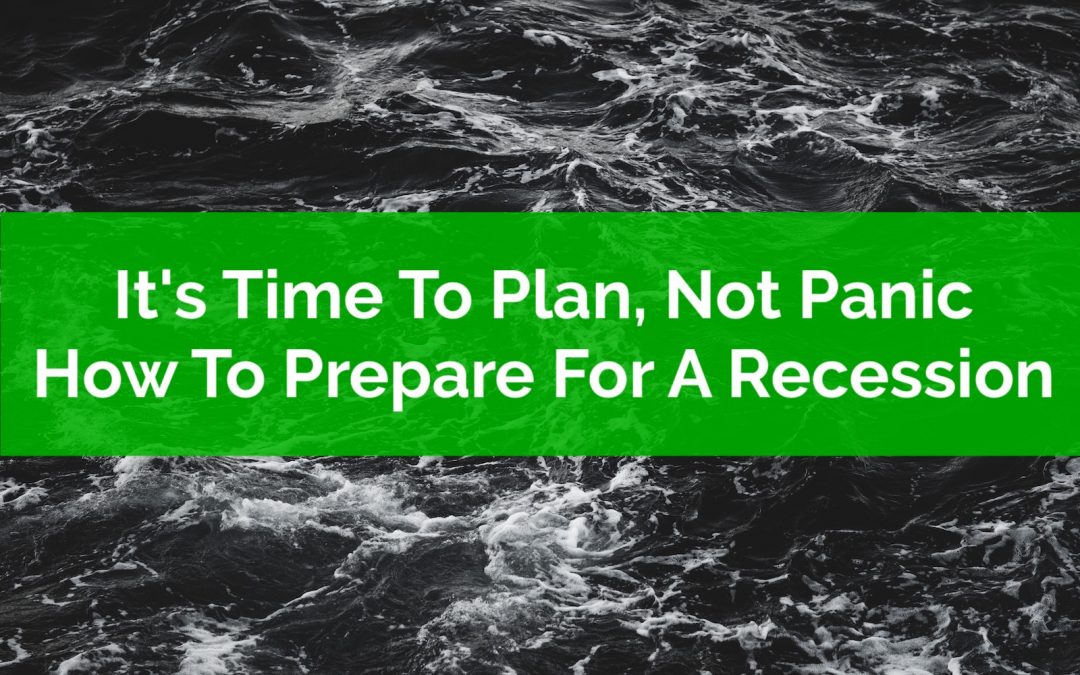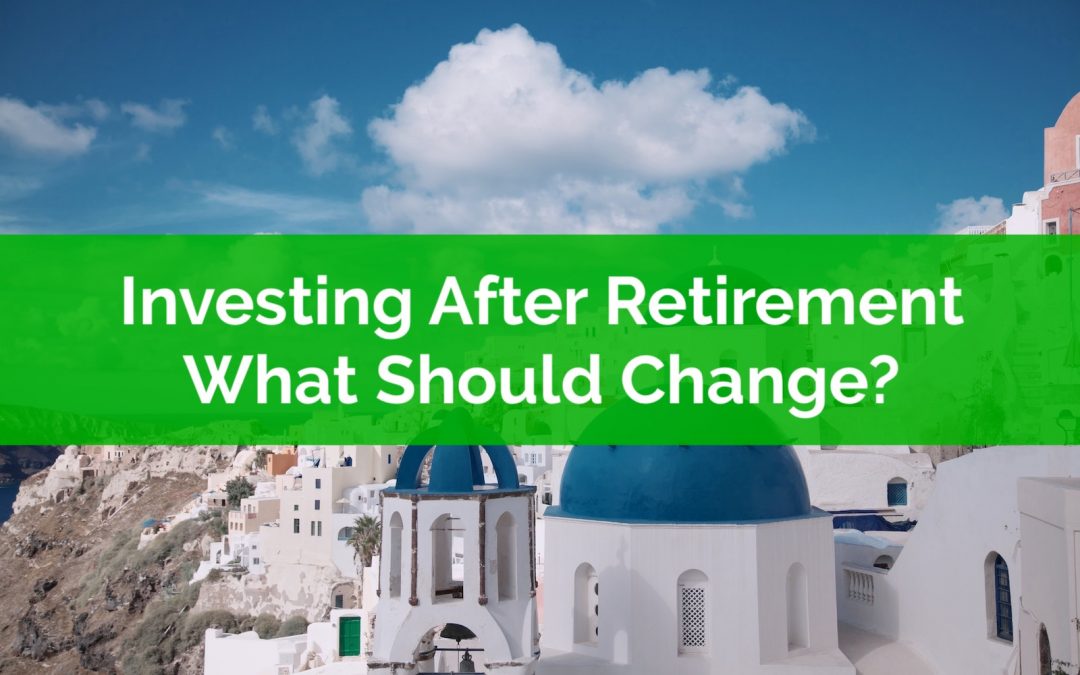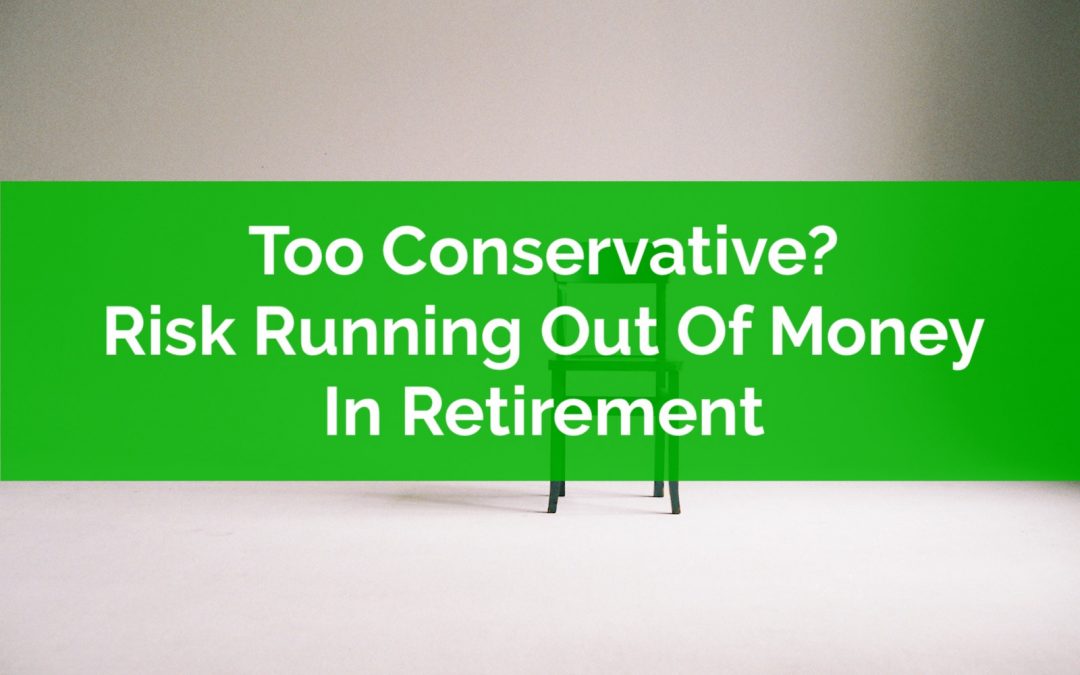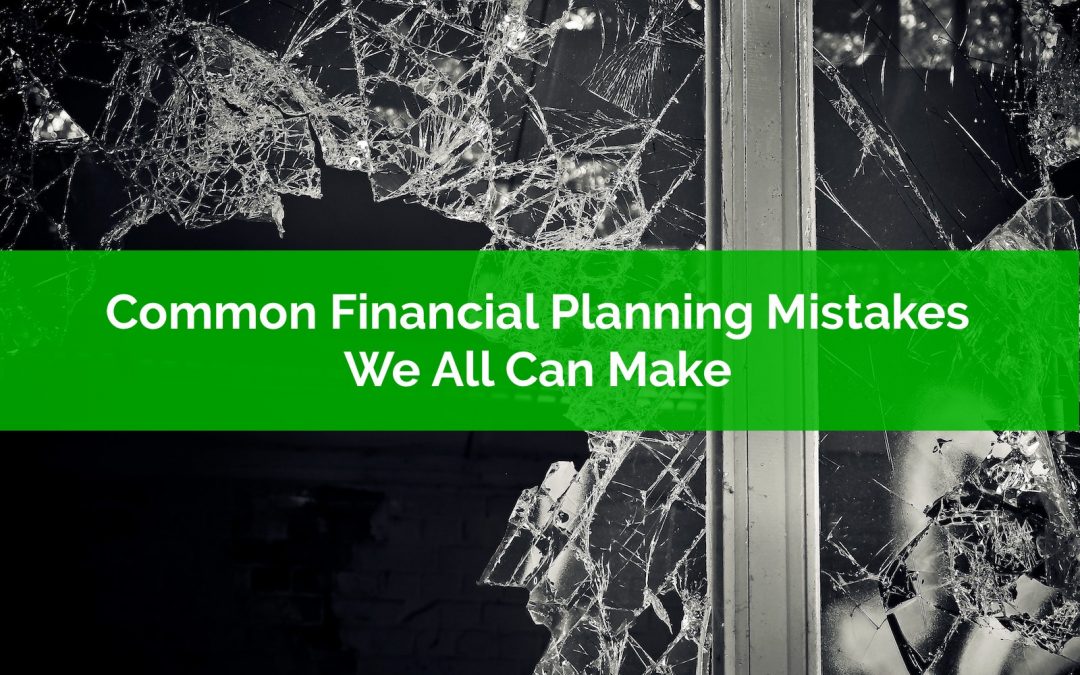
by Owen | Mar 16, 2020 | Behavioral Finance, Budgeting, Emergency Fund, Financial Planning, Income, Investment Planning, Retirement Planning, Saving Money
They say the best time to plant a tree was 20-years ago but the second best time is now.
The same goes for financial planning. The best time to build a plan is before a crisis/recession/depression but the second best time is today. A good financial plan will help ensure that you’re prepared for a recession or financial emergency.
Having a financial plan provides an incredible amount of peace of mind. A good financial plan will already have anticipated a scenario like this and will ensure you’re still successful. It will highlight how to prepare for a recession and what changes you need to make to ensure you are successful over the long-term.
There are a few best practices that can help improve the ‘robustness’ of a financial plan. These are practices you can start using right away, even if they weren’t previously part of your plan.
Some of these best practices focus on behavior. They help manage your financial routine during emotional periods like this. Some focus on flexibility. They ensure that you have room in your plan to absorb the unexpected, whether that be changes in income, changes in expenses, or changes in investment returns.
It doesn’t matter if you’re in retirement, starting a family, or just starting to save and invest, there are a number of ways that you can prepare for a recession that will help you feel better about your finances and your long-term plan.
This post will touch on many of these best practices. These are best practices that we’ve covered in previous posts, so we’ll cover the basics here and link to past posts for more detail.

by Owen | Dec 2, 2019 | Behavioral Finance, Investment Planning, Retirement Planning
Should anything change when investing after retirement? Are there specific investment options for after retirement? Should you change your asset allocation after you’ve retired?
For the average retiree their investment portfolio will make up a significant portion of their retirement income. Most of us will receive some government pension from CPP and OAS. Some of us may also receive retirement income from a defined benefit pension as well. But even in those situations we’re probably still creating some retirement income from an investment portfolio each year and this income is critical to help us reach our spending goals.
Given investment income is such an important part of most retirement plans, should anything change when investing after retirement?
For some people the answer might be yes. But for most of us the answer is probably no.
There are a few important factors to consider when investing after retirement and the three big ones are asset allocation, investment fees, and complexity.
These three factors are important to consider when investing after retirement. Depending on how your investment portfolio currently stands against these three factors it may warrant making some changes before entering retirement.

by Owen | Nov 18, 2019 | Behavioral Finance, Financial Planning, Investment Planning, Windfalls
At some point in their life many investors are faced with deciding how to invest a large sum of money. This large sum of money could be from something like an unexpected bonus, or the proceeds from downsizing a home, or from something unfortunate like the passing of a family member.
Investing a lump-sum can be a daunting experience for even the most experienced investor. There can be a lot of fear and worry when it comes to investing a large lump-sum. Fear of what could happen if the market drops right after you invest.
Often this fear and worry can cause delays. Sometimes these delays can extend for months or even years, with large piles of cash sitting in a savings account waiting for the “right time” to invest.
These fears are understandable. There is a fairly good chance when investing a lump-sum that you could see the balance drop in the future. In the example below you’ll see that during approximately 67.3% of historical periods investing all at once is the better financial decision, but that means 32.7% of the time it is not.
There are two main methods when it comes to investing a lump-sum. Which method you choose will depend on how you’re feeling. Are you worried about what might happen if you invest a lump-sum all at once? Or are you ok with the risk because there is a good chance of higher financial gain?
When deciding how to invest a large lump-sum there are two common methods. One method is to invest the entire lump-sum all at once. This is mathematically the best option. The other is to dollar cost average smaller amounts into the market over time. This is psychologically often the best option.
Psychology is one consideration when choosing how to invest a large sum of money. Probability and expected return is another consideration. These are two important considerations when choosing how to invest a lump-sum.

by Owen | Oct 14, 2019 | Behavioral Finance, Investment Planning, Retirement Planning
When it comes to retirement planning, one of the biggest fears is often the risk of running out of money. It can be worrisome to think about what could happen if you’re unable to support your expenses in the future.
Sometimes these fears can lead to people choosing a more conservative risk profile, or holding a lot of cash, but taking these defensive measures can often increase the risk of running out of money in the future.
A more conservative asset allocation decreases market risk, the risk we take on when we invest in the stock market. But a conservative asset allocation actually increases other types of risk, like the risk of running out of money, or the risk of being impacted by high inflation rates.
A more conservative asset allocation can actually increase risk in retirement, especially for longer retirement periods. Your typical 30-40 something couple has a very good chance of either one making it to age 100+ in the future. There is a 25% chance that one of them will make it to age 98 and a 10% chance that one of them will make it to age 101!
Without making other changes, like a lower withdrawal rate, more flexibility with spending, part-time income etc, being more conservative can actually lead to a much higher probability of running out of money before age 100.
Let’s explore why this is the case and what you need to consider when creating your retirement plan…

by Owen | Aug 19, 2019 | Behavioral Finance, Investment Planning, Retirement Planning, Tax Planning
When we do our own financial planning we’re often too close to our own situation to have an objective perspective. We may focus on the wrong problems… or take a narrow view of the potential solutions… or miss potential issues entirely.
One of the benefits of working with a financial planner is that they provide a second set of eyes for your financial plan. Most people are already on the right path, but there are common issues that may end up working against you. A financial planner can help find these common mistakes that may otherwise go unnoticed.
Financial planning isn’t rocket science, it’s something that can be done on your own. The math itself isn’t terribly difficult, and there are tools available online to help, but one of the major downfalls of the DIY approach is that we can be somewhat oblivious to our own personal biases.
Basically, we’re too close to our own financial situation to be entirely unbiased (This goes for financial planners too!) There are certain financial planning mistakes that we all tend to make if we’re not careful.
These mistakes can lead to potential issues over time. These issues can create more risk, or decrease investment return, or increase taxes, or create a higher risk of running out of money in retirement.
These mistakes are quite common and identifying these potential issues is the first step to creating a stronger financial plan.

by Owen | Aug 5, 2019 | Behavioral Finance, Investment Planning
What is your risk profile? This is a key question for every investor, yet I suspect it doesn’t get the attention it deserves.
Everyone sees risk differently. Some people don’t worry about risk at all, it doesn’t keep them up at night, it doesn’t cause them any stress. To them, not taking risks seems like a waste of time and resources. They’re risk seekers.
On the other hand, some people are deeply affected by risk. It causes them to worry, to always focus on the negatives, to think about all the things that could go wrong. For them, risk causes stress and sleepless nights. They’re risk averse.
Then there is everyone in-between. People who aren’t risk seekers, but who aren’t risk averse either. They see the benefit of risk, but it makes them a bit uneasy.
Choosing the right risk profile isn’t easy. There are a lot of factors to consider. Going too far one way or their other can cause issues over the long-term. But sometimes it takes some real-world experience before you can safely say what you’re risk profile truly is.
Page 9 of 12«...7891011...»






